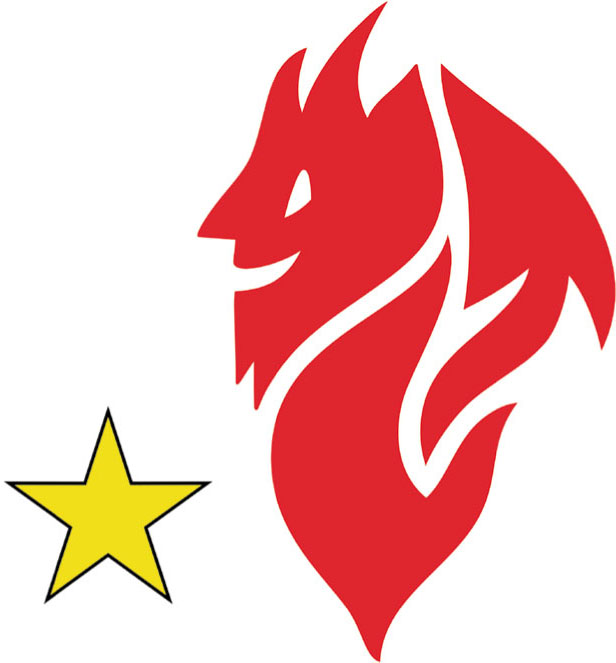
AC MILAN
FOOTBALL ARISTOCRACY
Founded in 1899 as a football and cricket club by two expatriate Englishmen, AC Milan is one of the foremost aristocratic families of world football. Here such gentlemen as Franco Baresi, Alessandro Nesta and Carlo Ancelotti have plied their trade. Here you also find such artists from the upper footballing echelons as Roberto Baggio, Zvonimir Boban and Andrea Pirlo. AC Milan is an institution partly held together by family ties, passed from father to son, as in the case of Cesare and Paolo Maldini. But AC Milan also has a strong connection to Italy’s former prime minister, Silvio Berlusconi. Partly loved, partly hated by the Italian people, Berlusconi still has an important place in the history of this great European club because he is the man who saved it.
In the spring of 1986, things were looking grim for AC Milan; the club found itself far from the top and the threat of bankruptcy was hanging over it. Then Silvio Berlusconi bought the club. With Berlusconi as president, the club launched a major gamble by acquiring the promising Arrigo Sacchi as manager and that trio of Dutch masters: Ruud Gullit, Frank Rijkaard and Marco van Basten. Two years later, in 1988, Milan won Serie A for the first time in nine years, and the following year the club won its first European Cup title in two decades.
Their successes continued into the early ’90s, when Milan won the league in three successive seasons and played in three Champions League finals. The club was living up to the great days of the ’50s, when they were led by the Swedish trio Gre-No-Li” Gunnar Gren, Gunnar Nordahl and Nils Liedholm. They were as popular as they were successful; Nordahl is actually Serie A’s third best goalscorer of all time with 225 strikes.
CLUB: AC Milan
NICKNAME: I Rossoneri (the Red and Blacks), Il Diavolo (the Devil) and Casciavit (the Screwdriver)
FOUNDED: 1899
STADIUM: San Siro, Milan (80,018 capacity)
HISTORIC PLAYERS: Gunnar Nordahl, Franco Baresi, Marco van Basten, Andriy Schevchenko and Paolo Maldini

1986–1998 and 1998–present. It is not, as many believe – not least the Englishmen who helped to found the club – the cross of St George that adorns AC Milan’s crest, but in fact the regional St Ambrose cross, which is also to be found on the flag of the city. Between 1900 and 1940 the badge consisted solely of the St Ambrose cross, which would later be incorporated into the club crest. The version on the left was created after Berlusconi took over the club, building on earlier designs. It was updated in 1998 (right) and is in use today. At the outset the colour red was chosen to represent the players’ sense of will and eagerness, and the black was meant to engender fear in the opposition.

1980–1986. The colours inspired the club’s nickname Il Diavolo (The Devil), a name coined by one of the founders, the Englishman Herbert Kilpin. The nickname became so popular that a devil has often come to accompany the crest or, in this case, form the actual emblem itself.

2014–2015. When St Ambrose’s cross made a comeback on the club shirts a couple of years ago, this symbol was used as well. It never became the club’s official emblem, but it was used on their away kit to celebrate the newly built headquarters Casa Milan, where it stands as a symbol to this day.

Milan legend Paolo Maldini playing in 1999. That season’s shirt, in celebration of the club’s centenary, depicted the St Ambrose as well as a gold star. The latter represents more than 10 Serie A titles.